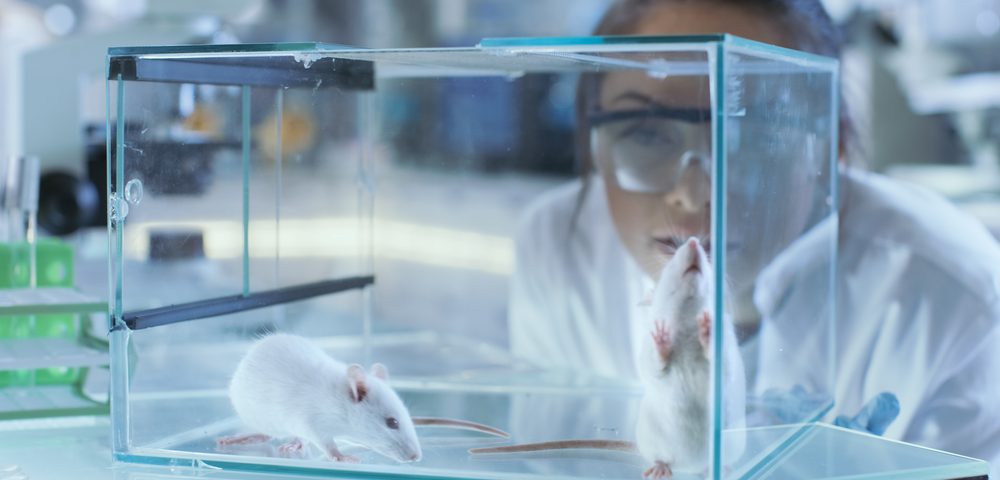Researchers in Australia have developed a new compound that arrests the growth and spread of cancer cells — including lymphoma — in mice, without the harmful side effects of conventional therapies.
The study, “Inhibitors of histone acetyltransferases KAT6A/B induce senescence and arrest tumour growth,” was published in the journal Nature.
Conventional cancer treatments, such as chemotherapy and radiotherapy, induce irreversible DNA damage, and because cancer cells cannot repair it, they die. But these treatments also damage healthy cells, causing side effects such as hair loss, fatigue, and an increased risk of developing other cancers.
Researchers in Australia developed a potentially revolutionary cancer therapy that instead of damaging the cells’ DNA (including the healthy ones), it specifically puts cancer cells into a “permanent sleep,” called cellular senescence.
In senescence, a natural process of cellular aging, cells irreversibly stop dividing and enter a state of permanent growth arrest, without undergoing cell death.
“The cells are not dead, but they can no longer divide and proliferate,” Anne Voss, one of the study’s leading researchers, said in a press release. “Without this ability, the cancer cells are effectively stopped in their tracks.”
This new compound targets KAT6A and KAT6B, enzymes known to be involved in cell proliferation, and to drive cancer when mutated. Dysregulation of the KAT6A/B functions caused by DNA rearrangements is frequently associated with blood and solid cancers.
Studies have shown that the deletion of one KAT6A gene copy quadrupled the median survival of mice with lymphoma, suggesting that the suppression of KAT6A/B could have therapeutic benefits in cancer.
Through the screening of 243,000 small-molecule compounds and additional medicinal chemistry optimization, the researchers discovered a potent, selective inhibitor of KAT6A and KAT6B, named WM-8014.
Treatment with WM-8014 promoted senescence and suppressed the growth of lymphoma cells grown in the lab, and of cancer cells in a zebrafish model of liver cancer, without affecting the growth of healthy liver cells.
However, this compound binds to molecules in the blood, reducing its bioavailability to target cancer cells in animals.
Further chemical optimization of WM-8014 resulted in WM-1119, a similar compound but with reduced binding to blood molecules and increased bioavailability. Treatment with WM-1119 was shown to arrest the growth of lymphoma cells in the lab and, more importantly, in mice with lymphoma.
Both WM-8014 and WM-1119 were found to induce cellular senescence in cancer cells — preventing them from dividing and spreading — without causing DNA damage.
“We are excited to have developed a potent, precise and clean compound that appears to be safe and effective in our preclinical models,” said Jonathan Baell, the study’s first author.
Voss said the results suggest “these drugs could be particularly effective as a type of consolidation therapy that delays or prevents relapse after initial treatment.”
The researchers believe this new therapy could have a profound impact on the lives of cancer patients, especially because it does not appear to damage healthy cells.
But there is still research to be done before being able to evaluate the therapeutic effects of this type of compound in patients, and the team is working on developing a compound that is appropriate for human trials.
The development of these compounds — the first to effectively target KAT6A and KAT6B proteins — was a 10-year combined effort among experts in cancer research, medicinal chemistry, and drug discovery at medical institutes, cancer centers, and universities in Australia.


